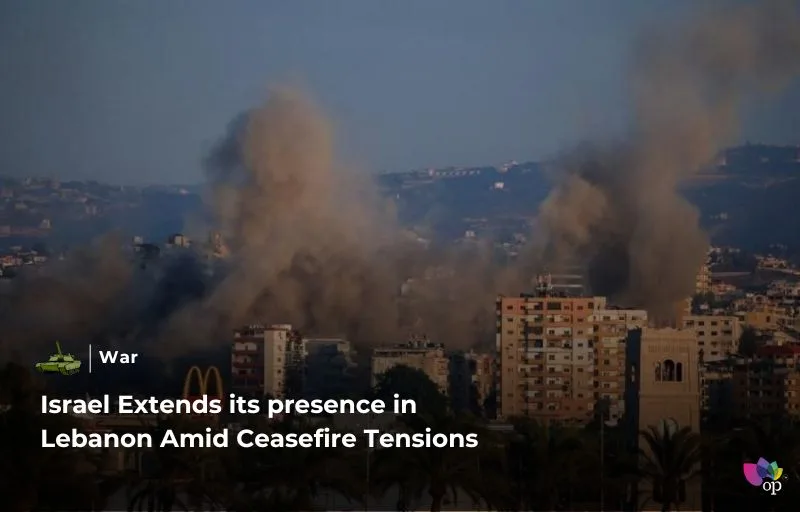Israel has announced that its forces will remain in five strategic locations in southern Lebanon beyond Tuesday’s (18 February) withdrawal deadline, arguing that these positions provide security advantages. Lebanese officials have expressed frustration over the delay, with President Joseph Aoun insisting that the ceasefire agreement must be respected. Hezbollah, which has been engaged in cross-border attacks since October 2023, warned that there should be no excuses for extending Israel’s presence.
Meanwhile, tensions persist over the ceasefire in Gaza as the war with Hamas reaches 500 days. Israel and the United States have given conflicting signals about continuing the truce, while negotiations on a second phase—focused on releasing more hostages and withdrawing Israeli troops—remain stalled. Protesters in Israel are demanding an extension of the ceasefire to secure the return of captives, though officials believe some hostages are already dead.
In a separate development, Israel carried out a drone strike deep inside Lebanon, killing Muhammad Shaheen, the head of Hamas’ operations in the country. The attack in Sidon, the deepest Israeli strike since the ceasefire began, reignited fears of further escalation. Residents of Sidon expressed concern over renewed violence, and Hezbollah leaders have vowed to resist any continued Israeli presence in Lebanon.
Amid the ongoing conflicts, Israel has issued tenders for nearly 1,000 new settler homes in the occupied West Bank, drawing criticism from rights groups. The expansion of settlements, particularly in Efrat, would further encroach on Palestinian territory and hinder peace efforts. With over 500,000 Israeli settlers already in the West Bank, tensions over land control continue to escalate, adding another layer of complexity to the region’s instability.
References



Comments 1